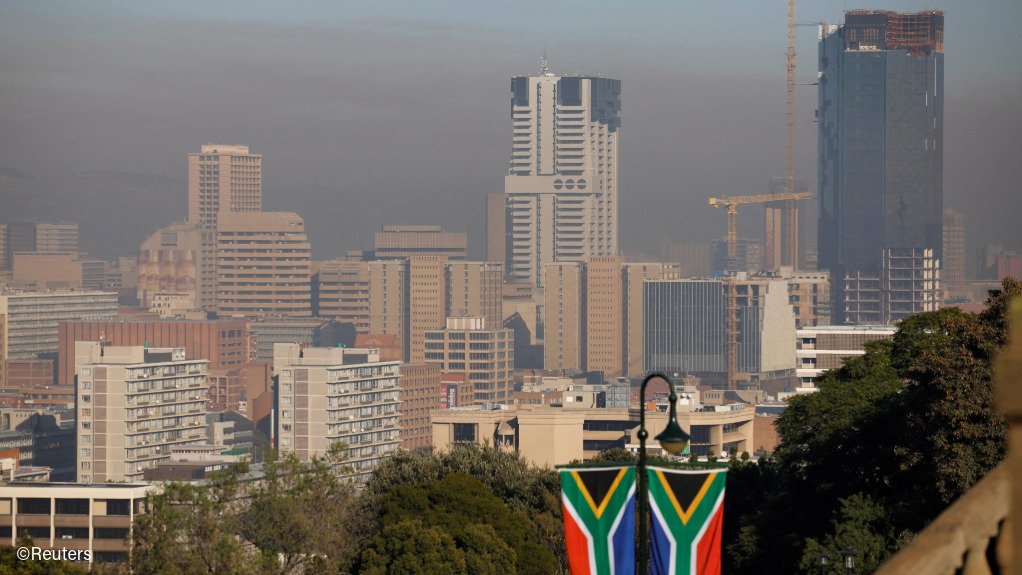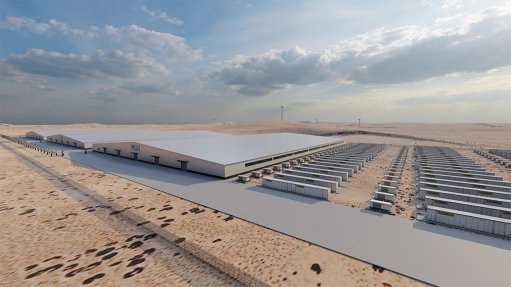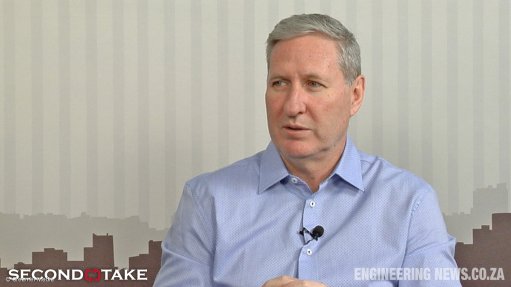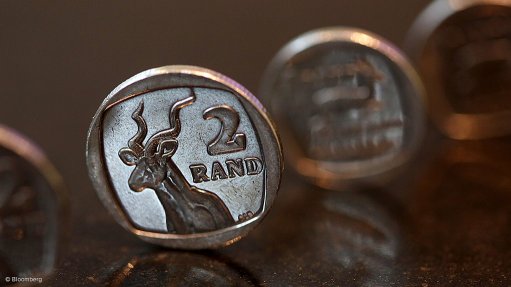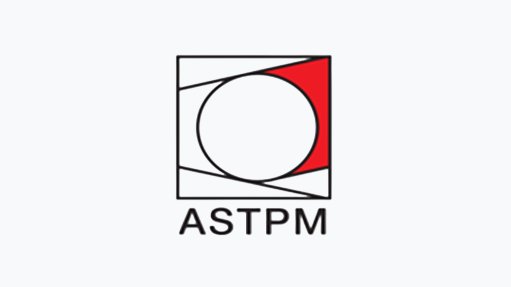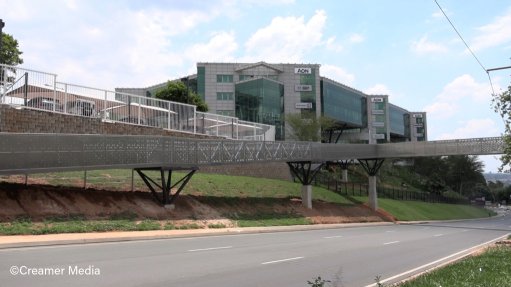Despite GDP uptick for South Africa, local challenges need to be addressed – BMI
While South Africa’s GDP is expected to edge up to 1.1% this year from 0.6% in 2024, on the back of energy and transport reforms, underlying challenges, such as weak export activity and contracting fixed investment, still remain.
This was indicated during Fitch Solutions company BMI’s ‘Sub-Saharan Africa Macroeconomic Update: Regional Resilience, Despite Global Uncertainties’ webinar, held on October 30.
BMI sub-Saharan Africa country risk senior analyst Lara Wolfe noted that while a modest uptick in South Africa's GDP was expected at 1.5% in 2026, this was still well below the emerging market average of nearly 4%, noting that the outlook was clouded by several risks.
“At first glance, that might look like a sign of a brighter future for the economy, but when you dig deeper, the story is more nuanced,” she said.
Wolfe noted that US trade tariffs, the expiry of the African Growth and Opportunity Act (Agoa) and ongoing uncertainty in South Africa's relationship with the US would all continue to weigh on exports and investment.
Additionally, domestic issues such as high unemployment, rising energy costs and policy uncertainty, especially leading up to the 2026 municipal elections, would also dampen business and consumer activity, she said.
BMI sub-Saharan African country risk senior analyst Orson Gard noted that global economic growth was forecasted to slow from 2.7% in 2024 to 2.5% in 2025 and 2026.
Additionally, emerging markets are forecasted to grow by about 4% across the two years, while developed markets are expected to expand by less than 2%.
Gard noted that growth in most emerging market regions was slowing sequentially, with growth this year weaker than in 2024 and growth in 2026 weaker than this year, with the Middle East and sub-Saharan Africa regions being notable exceptions to this.
He explained that regional GDP growth in sub-Saharan Africa is expected to accelerate from 3% in 2024 to 4.1% this year, and again to 4.4% in 2026, noting that this would be the most rapid pace of acceleration in over a decade.
Gard noted that this was owing to reasonably broad-based accelerations, including in large markets such as South Africa, Nigeria, Kenya, Ghana and Angola, as well as an improvement in a number of smaller and mid-sized markets, such as Botswana, Zambia and Mozambique.
Meanwhile, Wolfe discussed the implications of the South African Reserve Bank’s (SARB’s) discussions around potentially lowering the inflation target to 3%, noting that BMI’s outlook for inflation in 2026 has become “notably more optimistic”.
“South Africa's decision to lower its inflation target brings its target in line with those held by other emerging markets. We now forecast average inflation to slow to 3.5% next year, and that's down from our previous estimate of 4.5%,” she said.
Wolfe noted that this moderation would be driven by well anchored core inflation and the central bank's credibility in communicating the new target, which should gradually reduce inflation expectations and risk premium.
She said headline inflation, would remain relatively muted despite some upward pressure from electricity tariffs and food prices.
On the monetary policy front, she said the SARB was expected to continue its easing cycle, cutting its policy rate by 25 basis points to 6.75% at its November meeting this year, before cutting by a further 50 basis points to 6.25% through 2026.
Wolfe explained that this outlook was supported by muted inflation, a poor growth backdrop and additional space for cuts created by anticipated easing from the US Fed.
“While risks remain skew to a more cautious approach by the SARB, especially if inflation expectations do not respond quickly to the new target, we do believe that the SARB will be able to continue to pursue gradual monetary easing.”
During the question-and-answer segment of the webinar, Wolfe addressed the recent removal of South Africa from the Financial Action Task Force's (FATF’s) grey list, noting that, while positive, it did not signify immediate improvement in the country’s outlook.
Being removed from the grey list will, however, help to incrementally improve South Africa’s economic outlook by reducing compliance uncertainty, boosting confidence in its financial system and lowering funding costs over time.
Additionally, it also indicates progress in anti-money laundering and counter terrorist financing reforms.
She argued, however, that broader economic issues, such as fiscal discipline and energy and logistics reforms, remained key determinants of investor sentiment and longer-term growth outlook.
“While yes, this has a positive impact and will support incremental improvements, sustained progress in South Africa's core economic challenges is needed for the more substantial gains.”
US – SOUTH AFRICA TRADE
Meanwhile, on the topic of South African trade relations with the US, Wolfe argued that relations were expected to remain strained through 2026.
Wolfe also noted that, while Agoa’s lapse raised South Africa’s effective tariff rate from 13.1% to 14.3% with the reapplication of Most Favoured Nation (MFN) tariffs, the MFN rate remained negligible relative to the “liberation day” tariff benchmark.
Consequently, she said, Pretoria was likely to continue prioritising the bilateral tariff negotiations.
Wolfe also highlighted an incremental rise in South Africa’s BMI Sanction Exposure Index score in the third quarter of this year which highlighted a growing risk environment.
She explained that rising sanction risk was driven by the US State Department's August release of its 2024 Human Rights Report, which stated that the human rights situation in South Africa significantly worsened during the year – findings that Pretoria has firmly rejected as ‘deeply flawed’.
She noted that bilateral tensions between the two countries had been further exacerbated by South Africa's perceived alignment with Russia, Mainland China and Iran, and its stance on Israel.
She added that South Africa's efforts to deepen ties with the EU, China and other key partners would offer partial relief from the adverse effects of deteriorating relations with the US.
“While diversification will provide some relief, the combined effects of reduced US trade, investment and aid, even if tariffs are revised slightly downward, will continue to weigh on South Africa's already weak growth outlook through 2026,” said Wolfe.
Article Enquiry
Email Article
Save Article
Feedback
To advertise email advertising@creamermedia.co.za or click here
Comments
Press Office
Announcements
What's On
Subscribe to improve your user experience...
Option 1 (equivalent of R125 a month):
Receive a weekly copy of Creamer Media's Engineering News & Mining Weekly magazine
(print copy for those in South Africa and e-magazine for those outside of South Africa)
Receive daily email newsletters
Access to full search results
Access archive of magazine back copies
Access to Projects in Progress
Access to ONE Research Report of your choice in PDF format
Option 2 (equivalent of R375 a month):
All benefits from Option 1
PLUS
Access to Creamer Media's Research Channel Africa for ALL Research Reports, in PDF format, on various industrial and mining sectors
including Electricity; Water; Energy Transition; Hydrogen; Roads, Rail and Ports; Coal; Gold; Platinum; Battery Metals; etc.
Already a subscriber?
Forgotten your password?
Receive weekly copy of Creamer Media's Engineering News & Mining Weekly magazine (print copy for those in South Africa and e-magazine for those outside of South Africa)
➕
Recieve daily email newsletters
➕
Access to full search results
➕
Access archive of magazine back copies
➕
Access to Projects in Progress
➕
Access to ONE Research Report of your choice in PDF format
RESEARCH CHANNEL AFRICA
R4500 (equivalent of R375 a month)
SUBSCRIBEAll benefits from Option 1
➕
Access to Creamer Media's Research Channel Africa for ALL Research Reports on various industrial and mining sectors, in PDF format, including on:
Electricity
➕
Water
➕
Energy Transition
➕
Hydrogen
➕
Roads, Rail and Ports
➕
Coal
➕
Gold
➕
Platinum
➕
Battery Metals
➕
etc.
Receive all benefits from Option 1 or Option 2 delivered to numerous people at your company
➕
Multiple User names and Passwords for simultaneous log-ins
➕
Intranet integration access to all in your organisation



